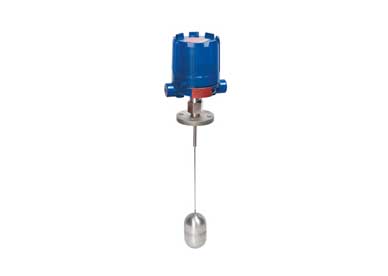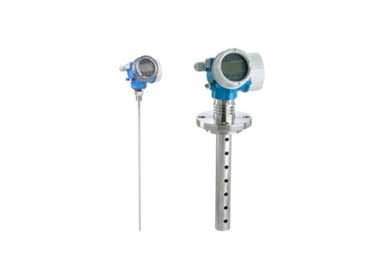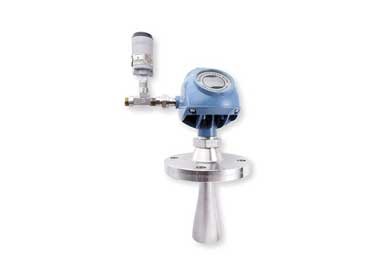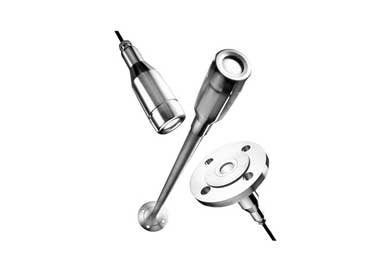All float operated liquid level controls operate on the basic buoyancy principle which states “the buoyancy force action on an object is equal to the mass of liquid displaced by the object.” As a result, floats ride on the liquid surface partially submerged and move the same distance the liquid level moves. Because of this, they are normally used for narrow level differential applications such as high level alarm or low level alarm.

Buoyancy Float Level Switch
Feature
- Simplicity
- Insensitive to density changes
Application
Used primarily in open tanks whereas float level switches may be designed to operate in a pressurized tank.




